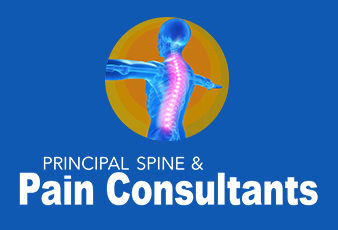
07 Jul The Role of Growth Factors in Regenerative Back Pain Treatments
Imagine your body as a garden that needs special fertilizer to help plants grow strong. In regenerative medicine, growth factors are like that fertilizer. They help damaged back tissues heal, reduce pain, and let you move more easily again. Here’s how growth factors work and why they matter for your back pain.
What Are Growth Factors?
Growth factors are natural proteins found in your blood. They tell cells to grow, divide, and repair themselves. When parts of your spine—like discs or joints—get worn down or injured, they need extra help to heal. That’s where growth factors come in.
How Do We Get Growth Factors?
Doctors use a small sample of your blood to create platelet-rich plasma, or PRP. Blood is made up of red cells, white cells, and platelets. Platelets contain most of the growth factors. In a special machine, your blood spins fast so platelets gather in one part. This platelet-rich part is collected and ready for treatment.
How PRP Therapy Works for Back Pain
- Blood Draw: A nurse takes a few teaspoons of your blood, just like a regular blood test.
- Spinning: The blood goes into a centrifuge (a spinning device) that separates platelets from other cells.
- Injection: The doctor injects the platelet-rich plasma into the area of your spine that hurts.
- Healing: Growth factors get to work. They signal damaged cells to repair and build new tissue. Over days and weeks, your back starts to feel stronger and less painful.
Why Growth Factors Matter
- Targeted Repair: Instead of treating the whole body, PRP focuses on the exact spot that needs help.
- Natural Process: Because the treatment uses your own blood, there’s almost no risk of allergic reaction.
- Reduced Inflammation: Growth factors calm swelling around nerves, so you feel less pain.
- Longer-Lasting Results: By rebuilding tissue, you may enjoy relief that lasts longer than with pain pills alone.
Who Can Benefit?
PRP is a good choice if you have:
- A herniated disc that presses on nerves
- Degenerative disc disease (wear and tear on spinal cushions)
- Facet joint arthritis causing stiffness
- Chronic low back pain that hasn’t improved with rest or simple exercises
A short exam and, if needed, an MRI help your doctor decide if PRP is right for you.
What to Expect After Treatment
You may feel some soreness where the injection went in, but that usually fades in a day or two. Many people notice less pain within one to three weeks. Your doctor may recommend gentle exercises or physical therapy to help new tissue stay strong.
Take the Next Step
Growth factors in PRP are helping many people avoid surgery and get back to activities they love. If you’re tired of back pain holding you back, schedule a consultation today. Our team will answer your questions and help you find the best plan for lasting relief.
Book your appointment now and let growth factors help you heal!

